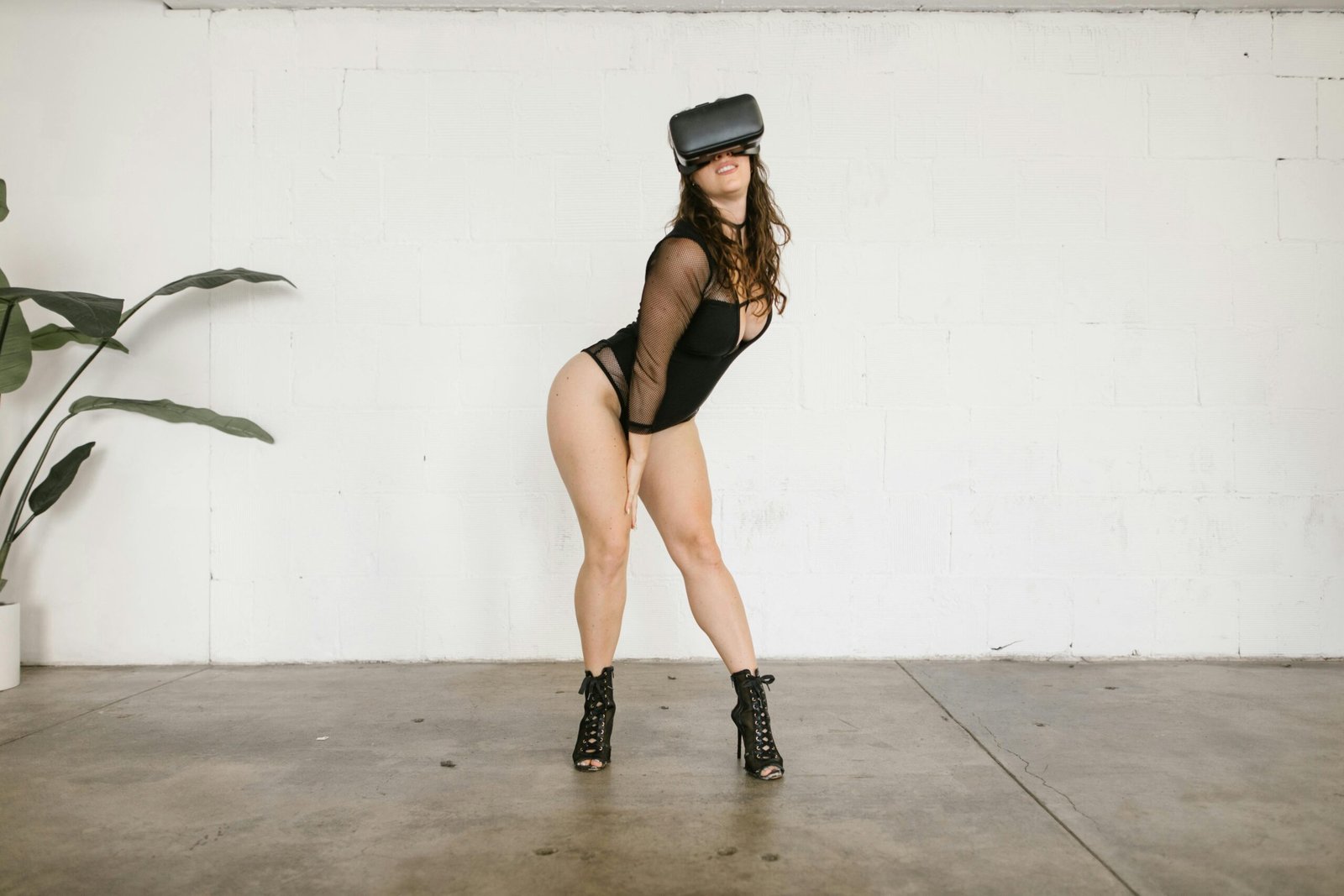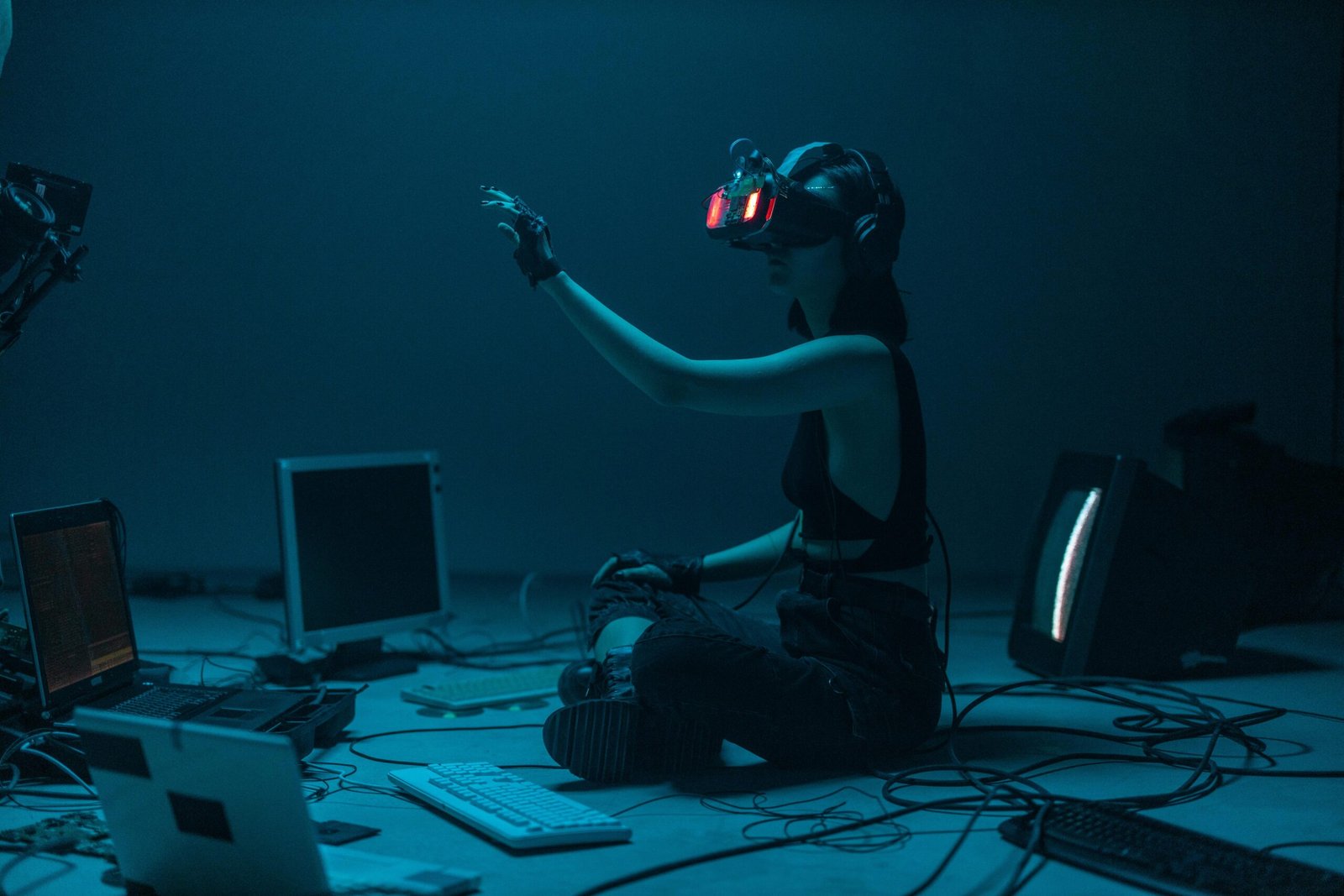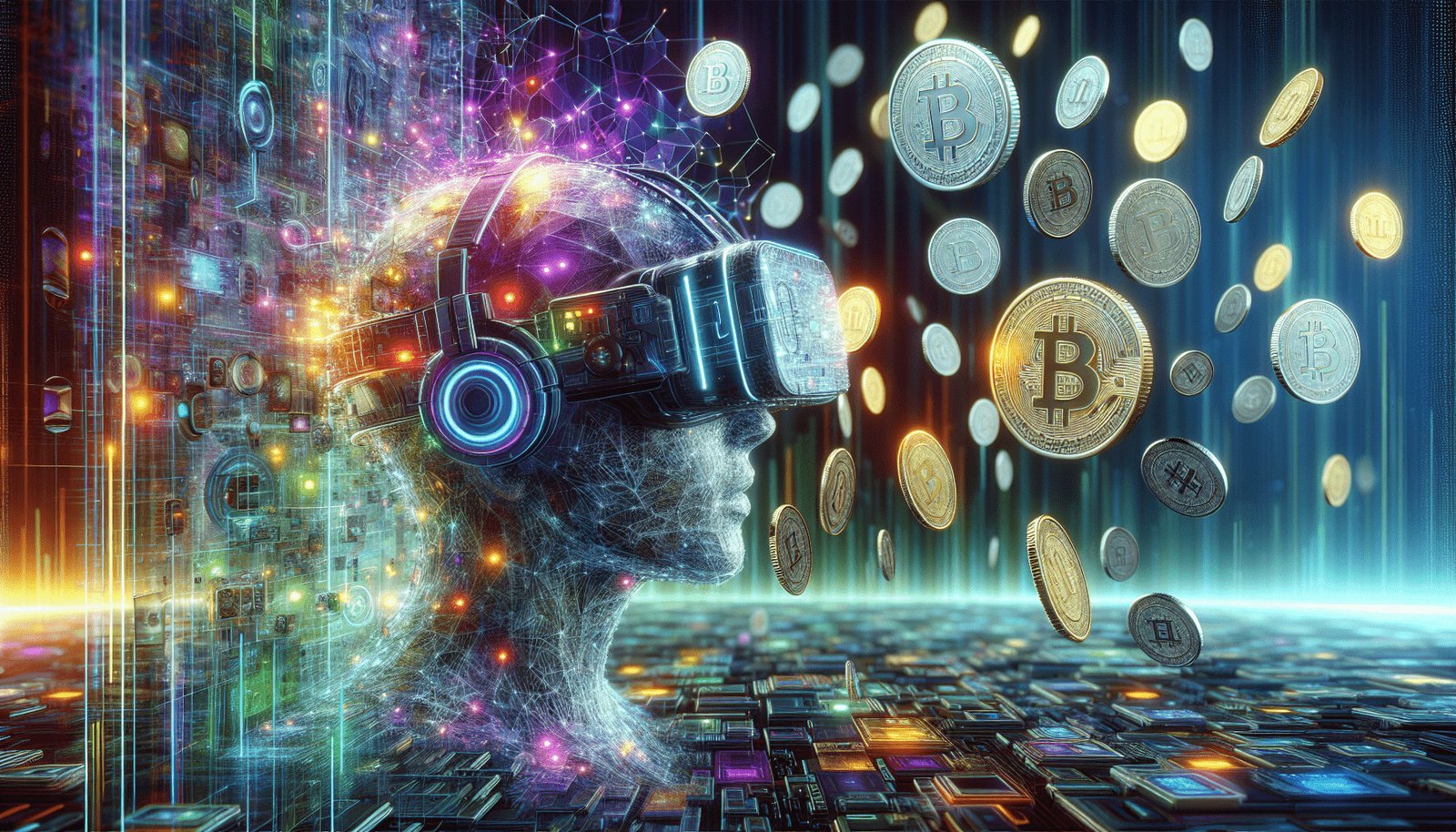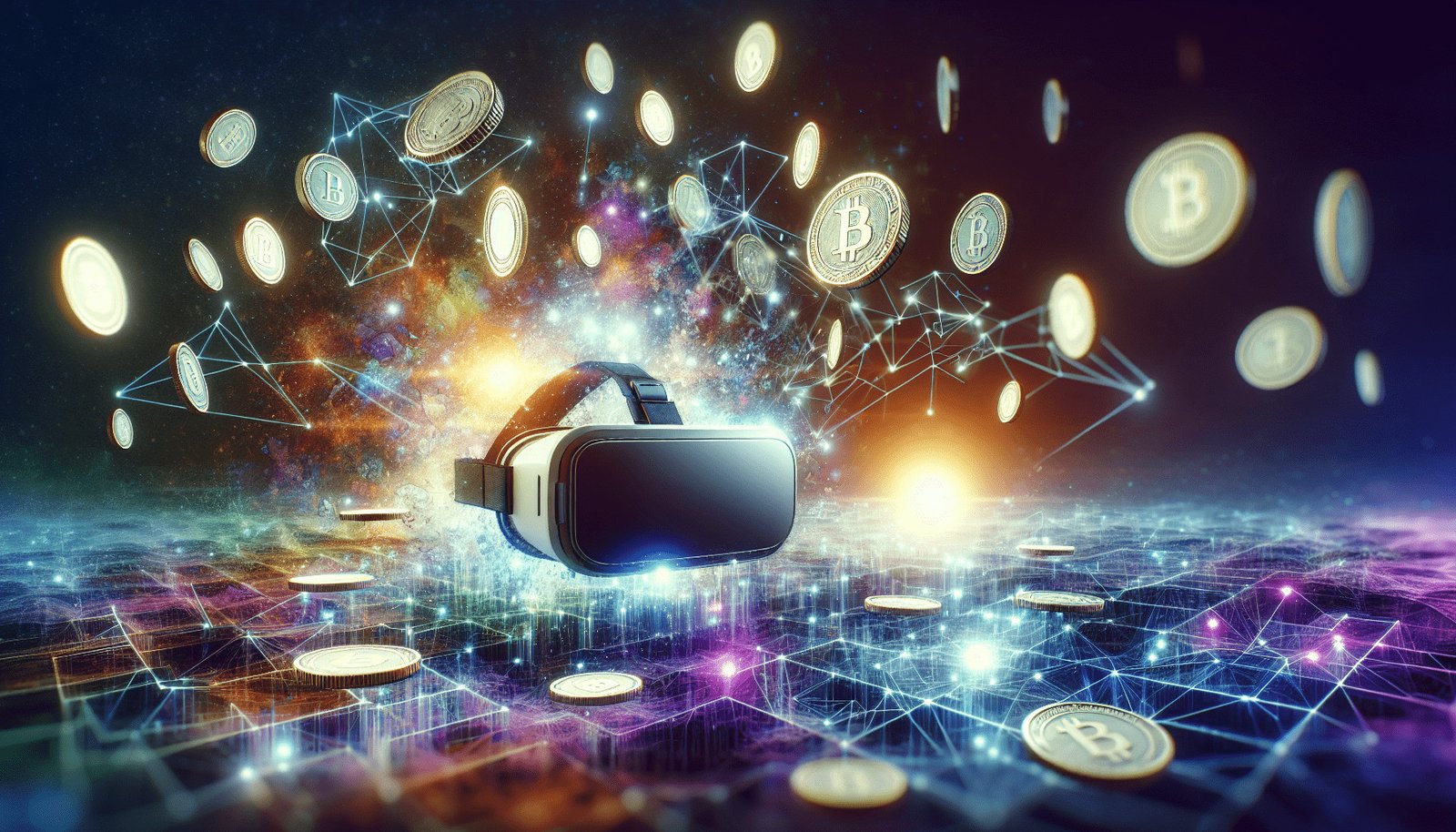Have you ever wondered how the rapidly evolving world of virtual reality and cryptocurrency intersects? As technology continues to advance at breakneck speeds, it’s important to keep up with the latest trends and understand how these seemingly separate fields are converging. Today, we’re diving into the intriguing realm of Virtual Reality Token (VRT) and how it’s shaping the landscape of digital experiences and transactions.
Understanding Virtual Reality Tokens (VRT)
Virtual Reality Tokens, or VRTs, are a groundbreaking development in the virtual reality and cryptocurrency worlds. They’re digital assets designed to be used within virtual environments, enhancing the way you interact, transact, and experience these spaces. Let’s dig deeper into what makes VRTs so special and how they can transform your digital experiences.
What are Virtual Reality Tokens?
VRTs are essentially cryptocurrencies tailored for use within virtual reality ecosystems. Much like Bitcoin or Ethereum, these tokens operate on blockchain technology, making them secure, decentralized, and transparent. However, their primary purpose is to facilitate transactions and interactions specifically within virtual reality platforms.
The Role of Blockchain Technology
Blockchain technology is at the heart of VRTs, providing a secure and immutable ledger for recording transactions. This decentralized approach ensures that all transactions are transparent and can’t be altered retroactively, offering you, the user, an added layer of security and trust in your virtual interactions.
How VRTs Differentiate from Traditional Cryptocurrency
While VRTs share some similarities with traditional cryptocurrencies, they differ in their application. Traditional cryptocurrencies are mainly used for online and real-world transactions, whereas VRTs are focused on enhancing your virtual reality experiences. This specialization means VRTs can be optimized for specific uses within VR platforms, such as buying digital assets or accessing premium content.

Fair Trade Crypto (FTC) and Its Connection to VRT
Now that you have a grasp of VRTs, it’s important to understand their connection to Fair Trade Crypto (FTC), a system designed to promote fairness and transparency in digital transactions. By aligning with the principles of FTC, VRTs ensure that your interactions within the virtual environment are ethical and transparent.
Promoting Ethical Transactions
Fair Trade Crypto is all about ensuring that transactions respect the rights and efforts of all parties involved. By using FTC-aligned VRTs, you can engage in digital exchanges that are fair, equitable, and beneficial to both creators and consumers.
Enhancing Trust in Virtual Environments
FTC principles also help to build trust within virtual environments, which in turn enhances your overall experience. Knowing that transactions are conducted ethically can give you peace of mind as you explore virtual spaces and make purchases.

The Benefits of Virtual Reality Tokens
You might be asking yourself, “Why should I care about VRTs?” The benefits of using VRTs within virtual environments are manifold, enhancing not only the way you interact with these spaces but also the value and security of your digital experiences.
Improved User Engagement
By using VRTs, virtual reality platforms can offer more engaging experiences. Tokens can be used to unlock exclusive content, participate in virtual events, or even earn rewards for your interactions, making your time in virtual spaces more immersive and rewarding.
Seamless Transactions
One of the primary benefits of VRTs is the ability to make seamless transactions within virtual environments. Whether it’s purchasing virtual goods or subscribing to services, VRTs make these processes quick and easy, allowing you to focus on the experience rather than the transaction.
Enhanced Security and Privacy
VRTs, through their use of blockchain technology, provide an added layer of security and privacy in your virtual interactions. The decentralized nature of the blockchain ensures that your financial data is secure and that your digital identity is protected.

The Future of Virtual Reality with VRTs
As the technology behind virtual reality and cryptocurrencies continues to evolve, so too will the applications and benefits of VRTs. Let’s take a look at some of the potential developments that could enhance your experience of virtual environments in the future.
Expanded Use Cases
As virtual reality becomes more integrated into everyday life, VRTs will likely find new applications across a variety of industries. From virtual education and training to online gaming and entertainment, VRTs can enable exciting and novel experiences.
Increased Interoperability
In the future, you might see more interoperability between different virtual reality platforms, facilitated by VRTs. This means you’ll be able to use your tokens seamlessly across different services and environments, enhancing your overall experience.
Enhanced Personalization
The use of VRTs can also support enhanced personalization of virtual experiences. Tokens might be used to tailor the content you see or the services you access, creating a more individualized and engaging environment for you to explore.

Challenges and Considerations for VRT Adoption
Like any emerging technology, the adoption of VRTs comes with its own set of challenges and considerations. Understanding these can help you navigate the world of virtual reality tokens more effectively.
Regulatory Landscapes
The regulatory environment for cryptocurrencies, including VRTs, is continually evolving. It’s important to be aware of any legal considerations and restrictions associated with using these tokens within virtual reality platforms.
User Education
For VRTs to be successfully adopted, users like yourself need to understand how they work. Educating yourself on the technology, its benefits, and its challenges can empower you to make the most of these digital assets.
Technical Barriers
Some users may find the technical aspects of using VRTs challenging. Platforms must work to simplify the user experience, ensuring that anyone can easily engage with and benefit from virtual reality tokens.

Conclusion: Embracing the Digital Frontier
As you venture into the exciting realm of virtual reality, Virtual Reality Tokens (VRTs) stand to play a pivotal role in shaping your experiences. By understanding how these tokens work, their benefits, and the challenges associated with their adoption, you can better navigate this digital landscape. Embrace the possibilities and explore how VRTs, alongside Fair Trade Crypto principles, can enhance your virtual reality adventures. As technology continues to evolve, so too will the opportunities for you to engage with and benefit from these innovative digital assets.
